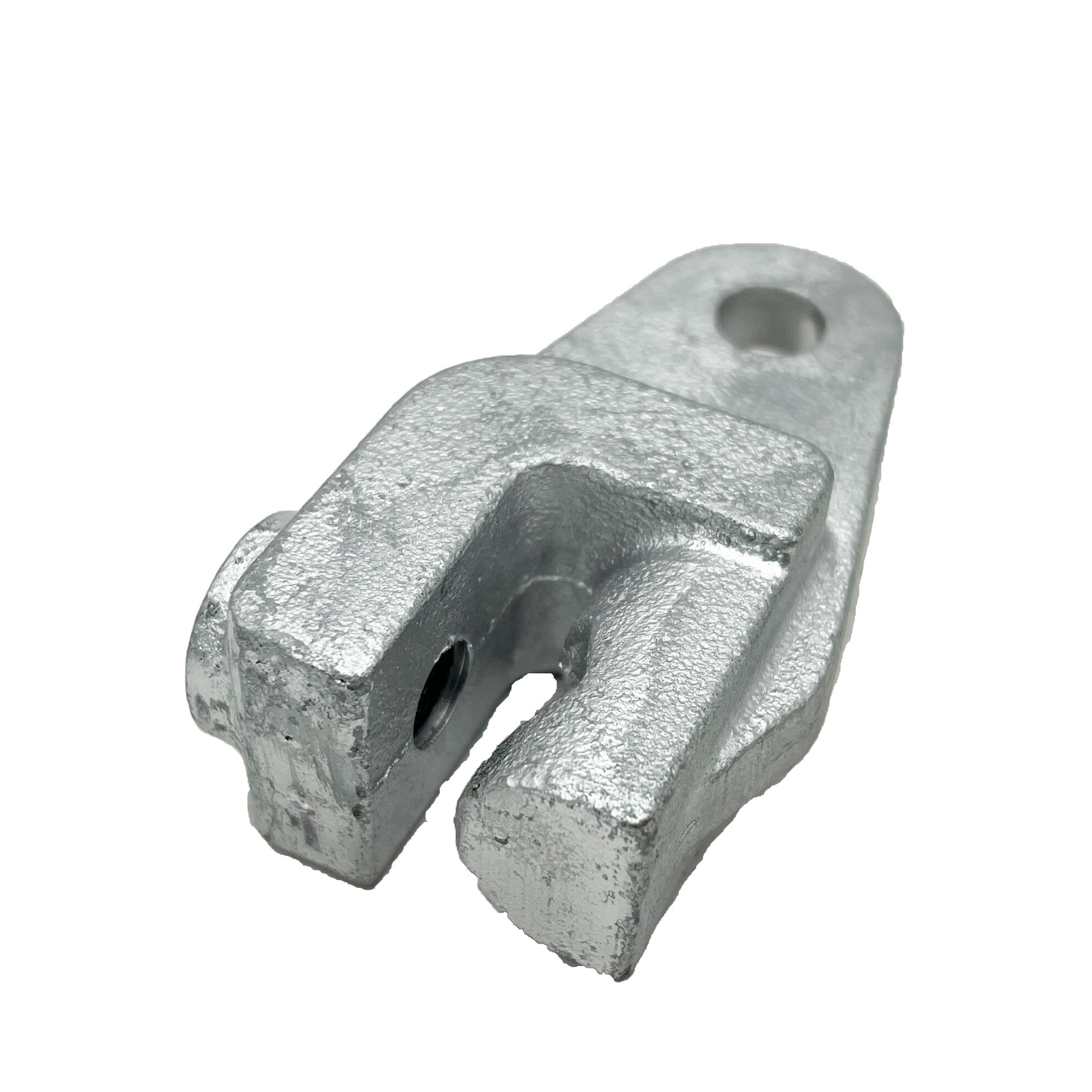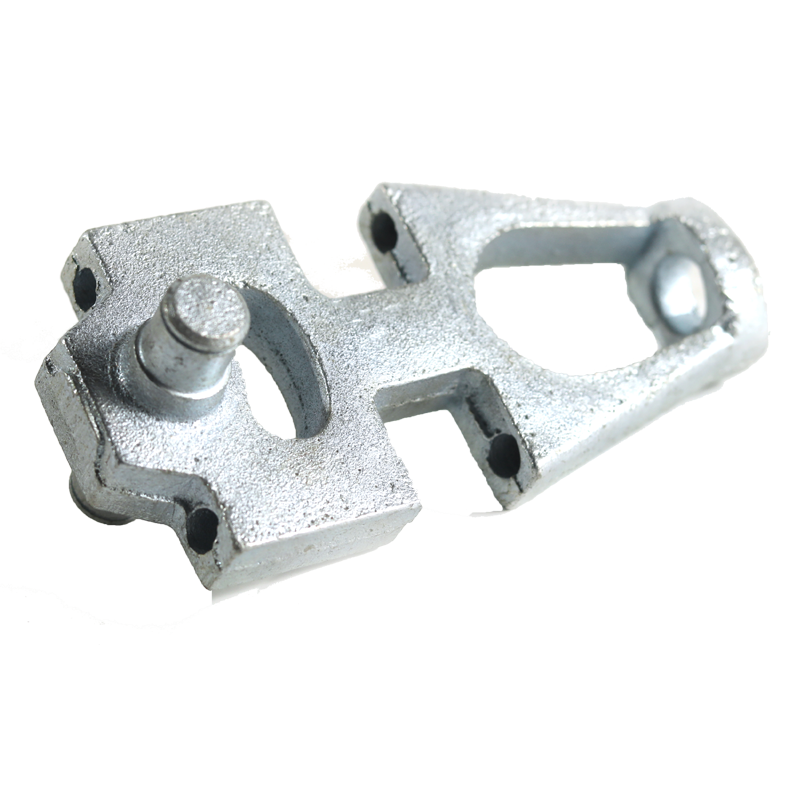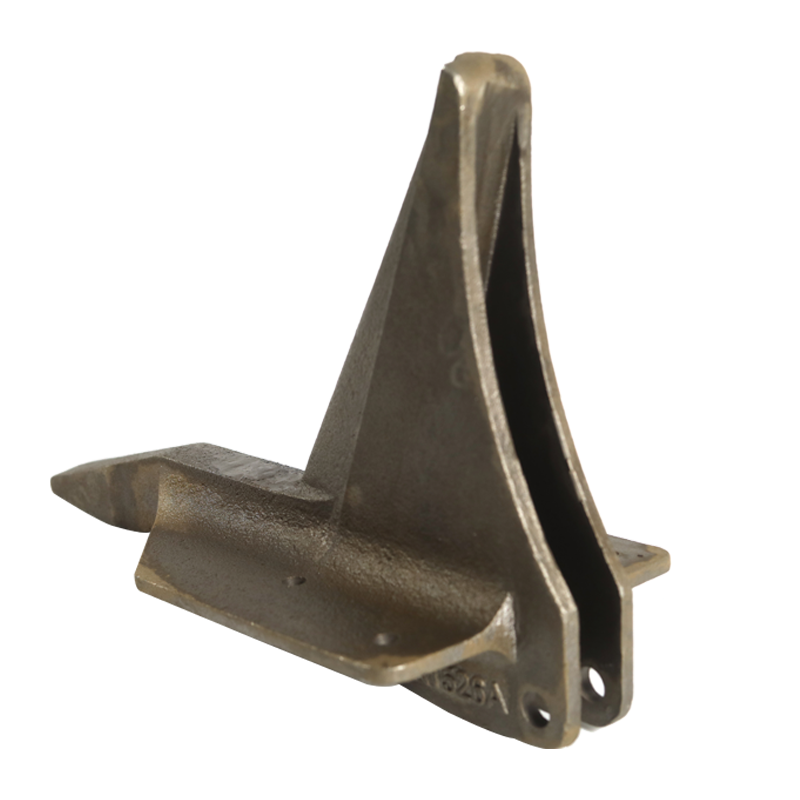grey iron sand casting
Grey iron sand casting represents a fundamental manufacturing process that combines traditional casting methods with modern engineering precision. This versatile process involves pouring molten grey iron into sand molds to create complex metal components. The process begins with creating a pattern in the shape of the desired part, followed by packing sand around it to form the mold cavity. Grey iron, known for its excellent machinability and vibration dampening properties, is then melted and poured into these carefully prepared molds. The material's high carbon content, present in the form of graphite flakes, contributes to its superior thermal conductivity and wear resistance. This casting method is particularly valued in industrial applications for its ability to produce parts with intricate geometries while maintaining cost-effectiveness. The process allows for the creation of both small and large components, ranging from automotive parts to heavy machinery components. Modern grey iron sand casting incorporates advanced technologies for mold making, pouring, and quality control, ensuring consistent product quality and dimensional accuracy.


